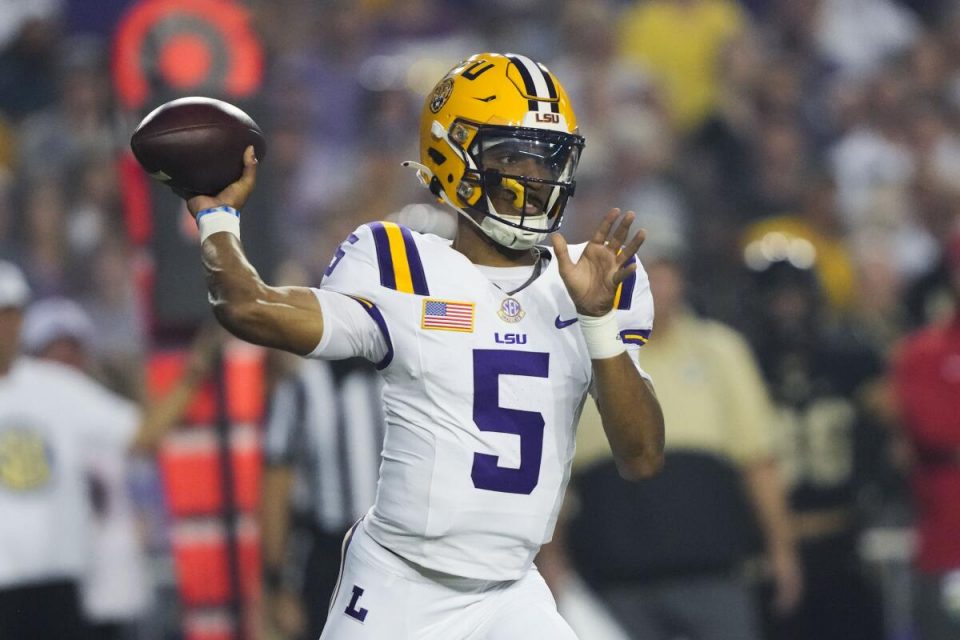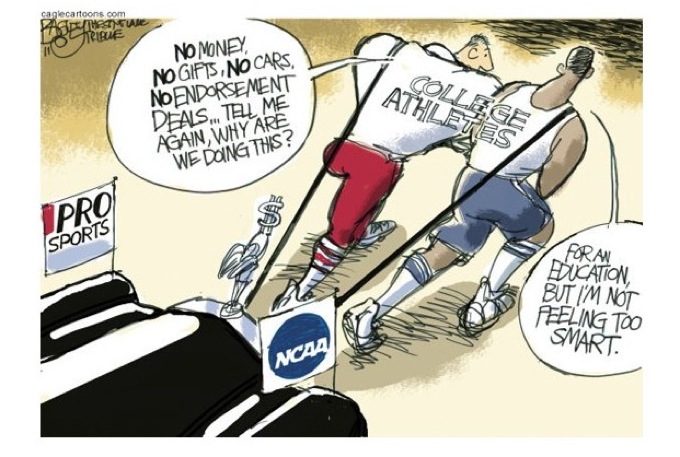Sorry Charlie!
By David Soublet, Sr.
Men’s NCAA Division I college sports, especially football and basketball, are huge revenue generators for dozens and dozens of colleges and universities. These sports are frequently not only self-sufficient, but also contribute substantially to university coffers in many non-sports related ways. Only in recent years have any athletes directly benefitted financially from their time and efforts through the implementation of Name, Image and Likeness (NIL) contracts.
NIL money refers to money that an athlete can earn by signing a contract with companies or other third parties to promote their products or services. The amount of money that can be received depends on factors such as social media following, the sport played, and the school the athlete attends. At present, football and basketball players receive the largest amount of compensation in the NIL market, but NIL contracts exist in other sports as well.
Pay College Athletes?
Prior to June 2021, NIL contracts were not allowed by the NCAA. Only two years later, a handful of athletes are now grossing several million dollars in these lucrative deals. At LSU alone, three athletes (two women) have already become millionaires before graduation through NIL contracts.
Now, NCAA president Charlie Baker is proposing that some Division I schools be allowed to directly pay certain qualified athletes up to $ 30,000 per year. He’s also proposing that these schools should offer “unlimited” benefits to certain athletes and allow NIL contracts between schools and athletes.
Why? Baker claims that these proposals would allow Division I schools with smaller athletic budgets to snag more top-rated recruits, creating a more level Division I playing field. The changes might also force schools to abide by Title IX gender equity regulations already adopted by the NCAA since 1972
This whole conversation and debate about Division I athletics is a manifestation of the western fascination and fixation on sports, particularly football. Books have been written about it, one coincidentally by another Baker. While the NCAA’s regulatory responsibilities include approximately 1,100 total schools, the 730 or so Division II and Division III schools have nothing to do with Charlie Baker’s proposals. Many of those institutions do not play football at all, none offer full athletic scholarships, and many offer no athletic scholarships. At those schools, playing sports is ancillary to the purpose of getting an education.
Related: Football is religion in US

Back to the Alabama, Ohio State, LSU and other NCAA Division I juggernauts. Policies that reward top athletes at schools with huge sports budgets are fair and equitable. After all, fans pay to see the best, so the best should be made comfortable. But many of the top football and basketball players in college do not stay four years or graduate. Can Duke or Kentucky really make a good cost/benefit case for paying a one-and-done blue chip baller $ 30,000 on top of a full athletic scholarship?
As the old saying goes, the devil is in the details.

